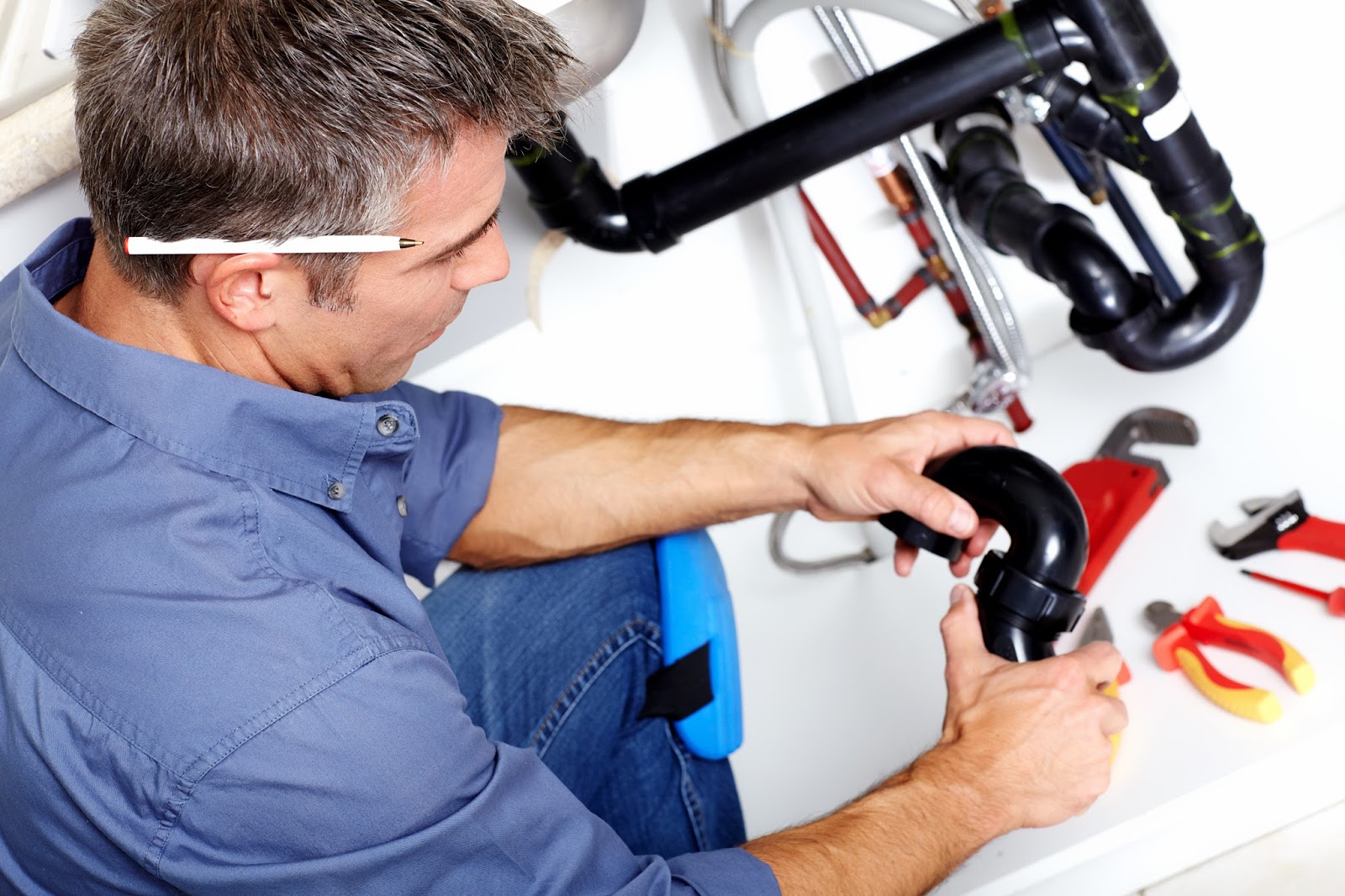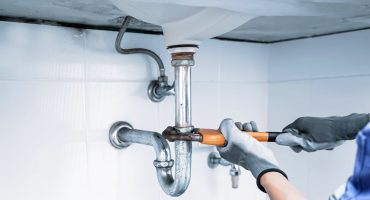Tips to Dealing with Plumbing Problems in Older Homes
Call TodayThe writer is making several good observations on the subject of Common Plumbing Challenges In Old Buildings as a whole in this post beneath.

Older homes frequently come with charm, character, and history, yet they can likewise bring a host of plumbing problems. Whether you're dealing with maturing pipes, low water stress, or leaks, understanding how to resolve these typical troubles is vital to preserving a secure and practical home. In this overview, we'll explore the regular plumbing obstacles dealt with by older homes and give functional solutions to keep your pipes in top form.
Understanding Usual Plumbing Problems
Aging Pipelines
One of one of the most common concerns in older homes is aging pipes. Relying on the era in which your home was developed, the pipelines might be made from products that have degraded with time, such as galvanized steel, cast iron, and even lead. These products can wear away, become breakable, or develop leaks, causing water damages and potential health hazards.
Water High Quality Screening
Older pipelines can affect the high quality of your water. Conduct a water high quality examination to look for contaminants such as lead, rust, or other contaminations that might be introduced by aging pipelines.
Solutions for Common Plumbing Problems
Replacing Aging Pipelines
If your home has old, degrading pipelines, consider replacing them with modern materials like copper or PEX. This can be a significant financial investment, yet it will avoid future problems and enhance the safety and security and integrity of your plumbing system.
Taking Care Of Low Tide Stress
To repair low tide stress, beginning by cleansing or changing old components and removing mineral accumulation in the pipelines. If the trouble lingers, it might be essential to change areas of corroded pipelines.
Fixing and Replacing Leaking Pipes
For little leaks, you can utilize pipeline clamps or epoxy putty as a temporary repair. Nonetheless, it's best to replace dripping pipelines totally to avoid further damage.
Upgrading Fixtures
Upgrading old components to modern, water-efficient models can boost your home's pipes efficiency and lower water intake. Seek components with the WaterSense label for the best efficiency.
Taking Care Of Pipeline Deterioration
If your pipelines are rusted, replacing them with corrosion-resistant materials like copper, PVC, or PEX is the best service. Routine inspections and water high quality maintenance can aid prevent better rust.
Low Tide Pressure
If you're experiencing low tide stress, it could be due to natural resources, deterioration inside the pipes, or old fixtures that are no more functioning successfully. This can be a significant aggravation, specifically in locations like showers and sinks.
Leaking Pipelines
Leaks are another regular concern in older homes, often triggered by rusty or damaged pipes. Even small leaks can cause considerable water damage, mold development, and boosted water bills otherwise attended to quickly.
Outdated Components
Out-of-date plumbing components such as faucets, commodes, and showerheads not only look old however might likewise be less reliable, susceptible to leakages, or incompatible with modern-day pipes standards.
Pipe Deterioration
Corrosion is an usual trouble in older pipelines, particularly those made from galvanized steel or actors iron. Corroded pipelines can restrict water circulation, trigger staining, and ultimately bring about leakages or pipeline bursts.
Assessing the Problem of Your Pipes
Evaluating Visible Pipes
Start by evaluating any noticeable pipelines in your house, such as those in cellars, crawl spaces, or under sinks. Seek indicators of corrosion, leakages, or rust, which can suggest underlying concerns.
Looking for Leaks
Check for leakages by checking locations around taps, commodes, and under sinks. You can likewise monitor your water meter before and after a period of no water utilize to spot covert leaks.
When to Call a Specialist
While some pipes problems can be managed with do it yourself remedies, there are times when it's ideal to hire a professional. If you're managing major leakages, extensive rust, or are not sure concerning the problem of your pipelines, a qualified plumbing technician can provide professional evaluation and repair service.
Preventive Maintenance Tips
Regular Assessments
Regularly check your pipes system for signs of deterioration. Capturing concerns early can avoid expensive repairs down the line.
Water Stress Law
Guarantee your water stress is within the recommended range to prevent emphasizing your pipes and fixtures. A plumbing professional can install a stress regulatory authority if required.
Water Top Quality Maintenance
Install water filters or softeners if your water quality is poor. This can protect your pipes and components from damages brought on by hard water or contaminants.
Proactive Pipe Substitute
If your home has older pipelines, think about aggressive substitute prior to major issues develop. This can conserve you from emergency repair work and water damages.
Final thought
Handling plumbing issues in older homes requires a mix of vigilance, precautionary upkeep, and timely upgrades. By understanding the usual difficulties and knowing when to seek expert assistance, you can ensure your plumbing system continues to be practical and reputable for many years to find.
Common Plumbing Issues in Older Homes
Pipe corrosion
Pipe corrosion is a common plumbing issue in older homes. Several factors can cause pipes to corrode:
Water: Ironically, water is the number one cause of pipe corrosion. When water seeps into cracks in pipes, it can cause the metal to rust and break down, leading to leaks or even burst pipes.
Oxygen: Oxygen is another significant culprit in pipe corrosion. When oxygen interacts with water, it can cause the metal to oxidize and weaken.
Chemicals: Chemicals such as chlorine and fluoride can also contribute to pipe corrosion. These chemicals can react with the metal in pipes, causing them to break down over time.
Leaky pipes
Pipes that leak is one of the most common plumbing issues plaguing residents of older houses. While a small leak may not be a problem initially, it can lead to significant problems if left unaddressed. In addition, water damage can be very costly to repair and may cause damage to electric fixtures, promote mold growth and cause many other issues.
Worn-out fixtures
Older homes often have worn-out fixtures which may need replacement. Over time, the finishes on fixtures can wear down, exposing the underlying metal to corrosion. This can cause fixtures to leak or even break completely. It s best to have a professional plumbing contractor regularly inspect the fixtures in older homes and replaces them if necessary.
Faulty water heaters
A leaky water heater can cause severe damage to the home as it can be both a flood and fire hazard. Call a plumber immediately if it appears that the water heater might be leaking.
If the heater isn t working correctly, it could be because the pilot has gone out. The pilot light going out may indicate gas supply issues or leaks. It is also worth checking the thermostat to see if it needs to be adjusted.
If the water heater is making strange noises, it could be due to sediment buildup in the tank. Sediment can interfere with the heating elements and cause them to overheat. Overheating can damage the tank and shorten the lifespan of the water heater.
https://www.norfleetfamilyplumbing.com/blog/common-plumbing-issues-in-older-homes

Do you like more info about ? Try leaving a remark down below. We will be pleased to hear your feelings about this review. We hope to see you back again in the near future. Do you know anybody else who is interested in the topic? Please feel free to share it. Many thanks for being here. Revisit us soon.
Visit Homepage